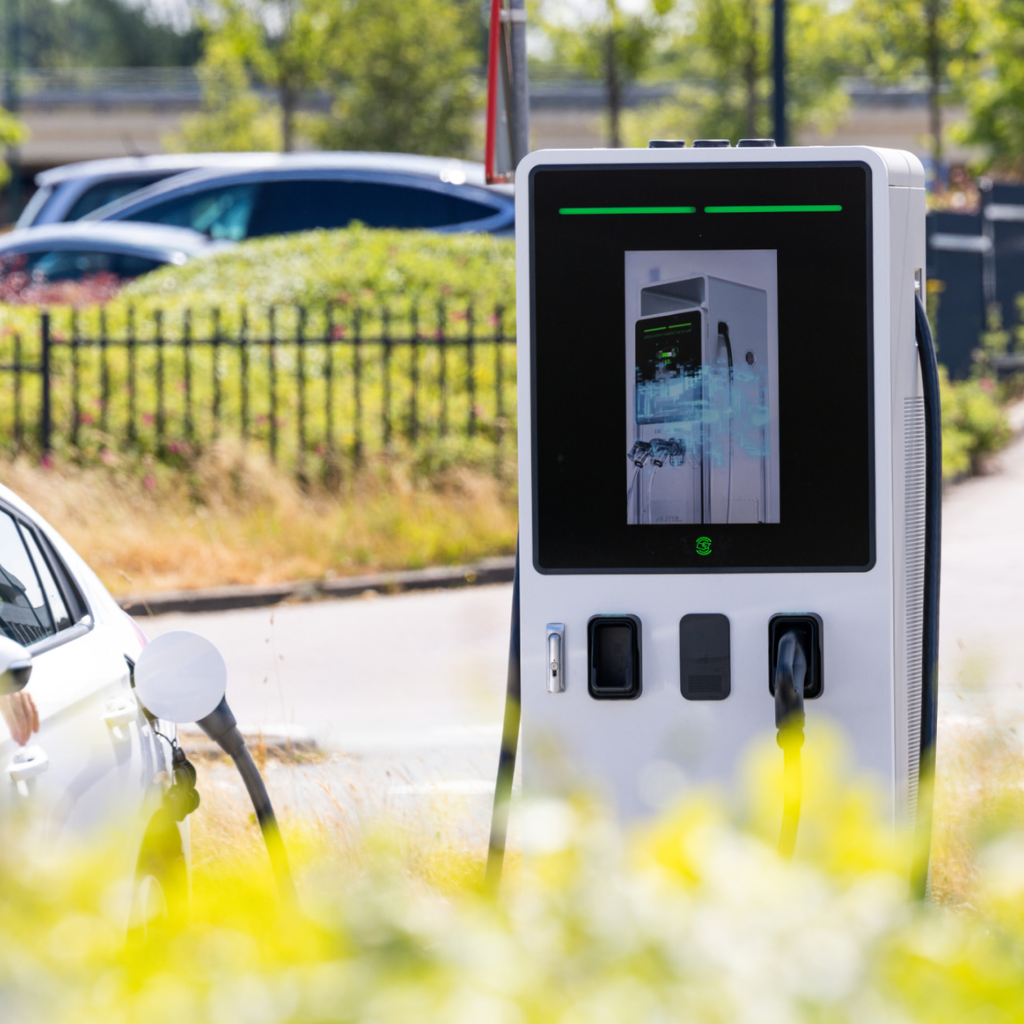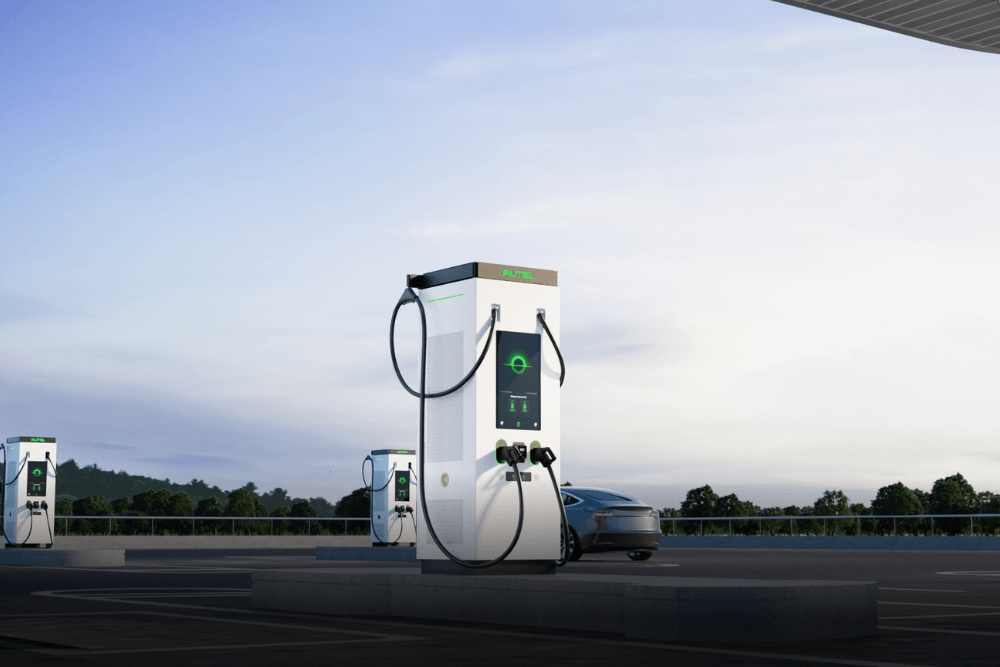
- MaxiCharger DH480
- MaxiCharger AC Pro
- MaxiCharger DC HiPower
- MaxiCharger DC Fast
- MaxiCharger DC Compact
- MaxiCharger AC Elite

- For CPOs
- For Fleets
- For Destination
- For Residential
 MaxiCharger DH480
MaxiCharger DH480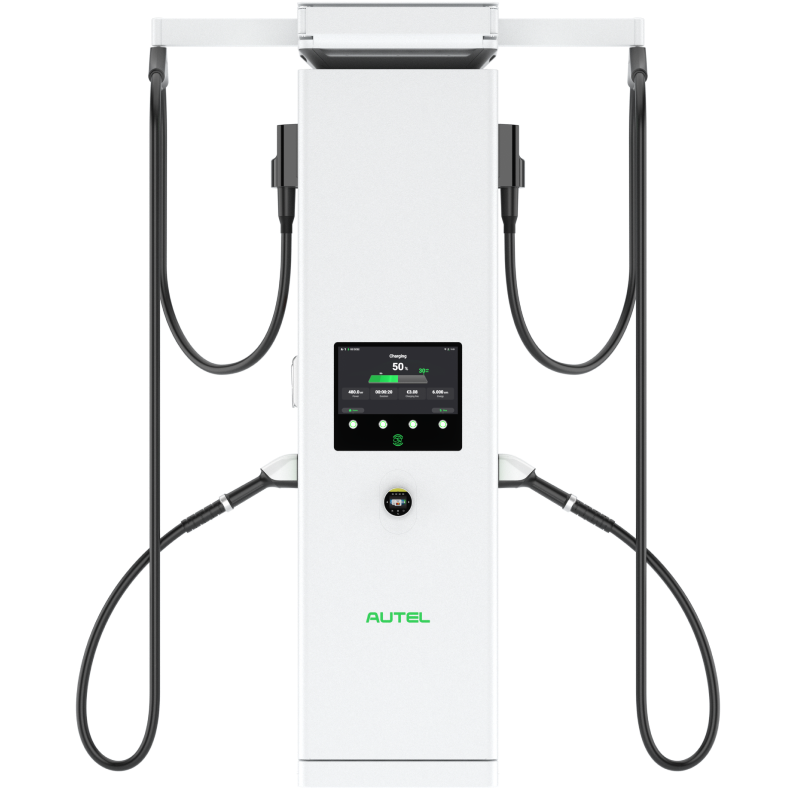 MaxiCharger DC HiPower
MaxiCharger DC HiPower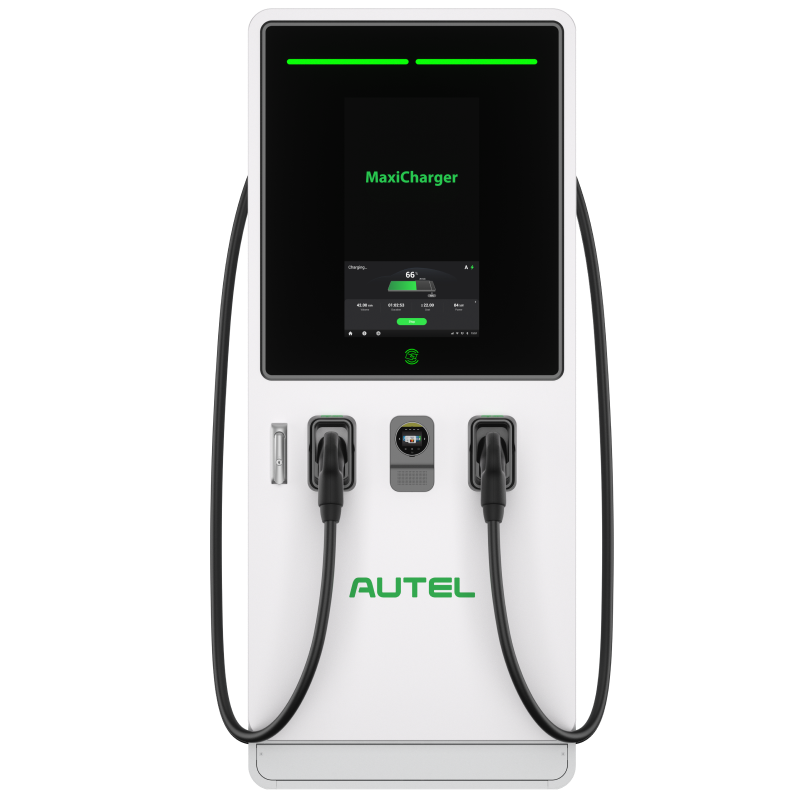 MaxiCharger DC Fast
MaxiCharger DC Fast MaxiCharger DC Compact
MaxiCharger DC Compact
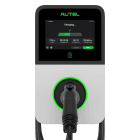 MaxiCharger AC Pro
MaxiCharger AC Pro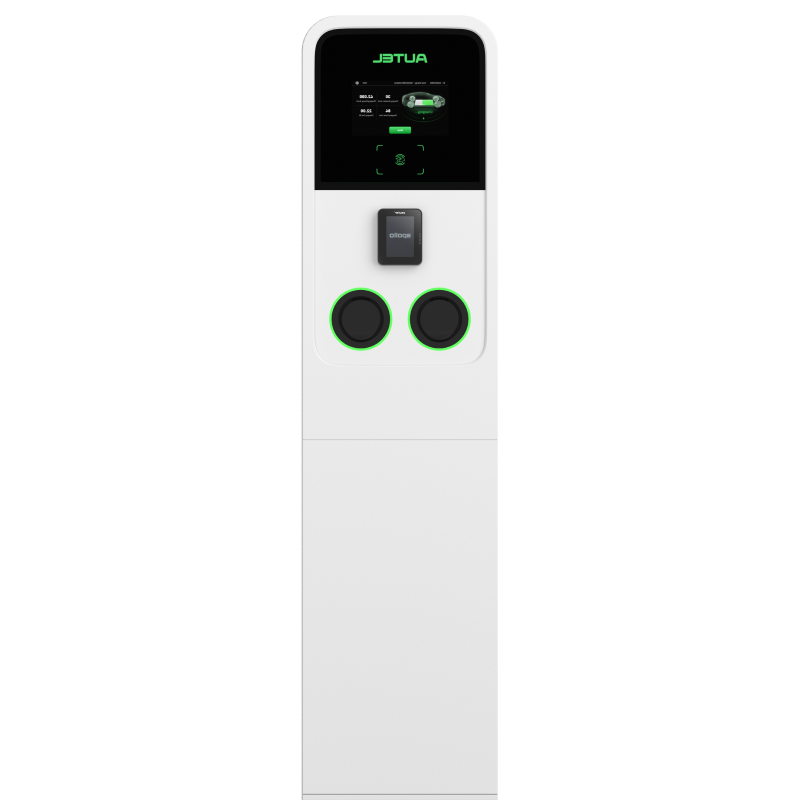 MaxiCharger AC Ultra
MaxiCharger AC Ultra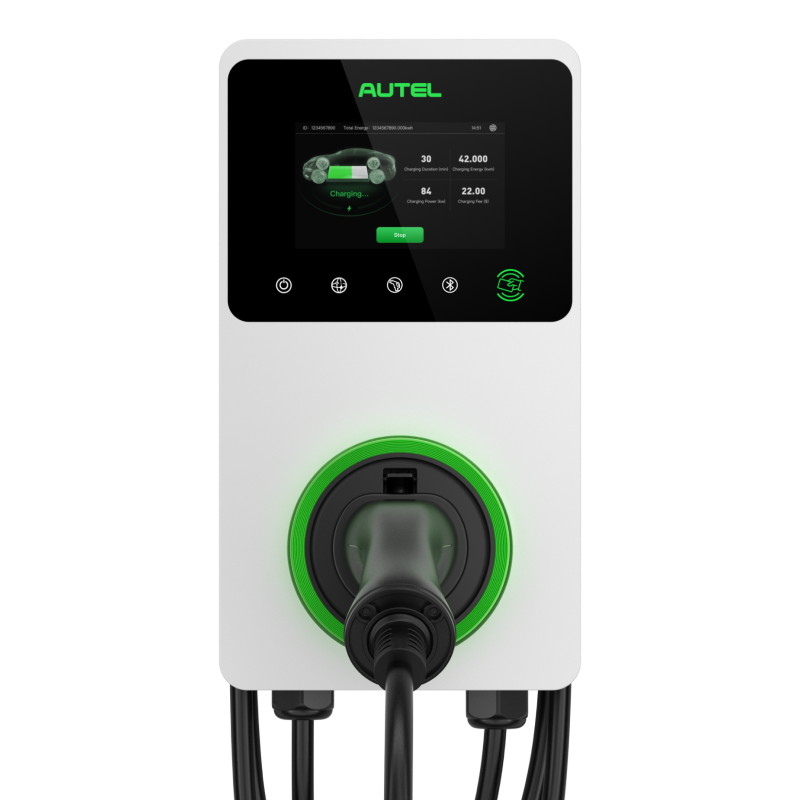 MaxiCharger AC Elite
MaxiCharger AC Elite
 Software
Software
- Partner Introduction
- Become A Partner
- Event
- FAQ
- Blog
- About Autel
- Contact Us
- Sustainability
- Newsroom
- Brand Center
- Product Center
What is electric vehicle (EV) fleet charging: powering the future of transportation

Electric vehicle (EV) fleet charging involves setting up a network of power stations that enable multiple fleet vehicles to charge simultaneously or sequentially. EVs have revolutionized the automotive industry by providing a sustainable solution with reduced carbon emissions and cutting-edge technology. However, managing the charging needs of an entire fleet requires careful planning. This blog explores how to plan and manage EV fleet charging infrastructure effectively.
Strategic Planning for EV Fleet Charging Infrastructure
As the demand for electric vehicles increases, building an effective EV fleet charging infrastructure requires strategic planning.
Assessing Fleet Needs and Future Growth
Start by evaluating your fleet's current usage and future needs to build an efficient charging infrastructure. This includes considering factors such as vehicle type, daily mileage, charging time, and any future expansion plans.
Site Selection and Hardware Choices
To minimize vehicle downtime and optimize operational efficiency, it's crucial to install EV charging stations at the right locations. Choose sites close to the fleet’s daily routes that can support the required electrical infrastructure.
For example:
- AC chargers offer efficient, cost-effective charging for fleets with lower infrastructure demands. They are ideal for long-term or overnight parking and work well with electric school buses.
- DC chargers (DC fast chargers) offer rapid charging with minimal downtime, ideal for heavy-duty or high-utilization fleets.
Overcoming Installation Challenges
Fleet operators should collaborate with utility companies early in the planning process to assess power availability and determine if infrastructure upgrades are necessary. Additionally, securing permits and understanding local regulations are crucial to a smooth installation.

Maximizing Charging Efficiency: Smart Charging Systems
The demand for electric vehicles continues to rise as people and governments look for more environmentally friendly, cost-effective transportation solutions. EVs reduce reliance on traditional fuels and help create a cleaner atmosphere.
Smart charging systems use cloud-based technology to manage charging schedules, reduce energy use, and cut costs. By charging during off-peak hours, operators can take advantage of lower electricity prices while helping stabilize the grid. These systems can simultaneously charge multiple vehicles, optimize fleet productivity, and reduce the carbon footprint of operations.
Leveraging DC Fast Chargers for Quick Turnaround
Direct current (DC) charging delivers power directly to the vehicle’s battery. It can charge up to 80% in just 20 minutes to 1 hour, depending on the vehicle’s efficiency. This is ideal for high-utilization fleets that require quick turnarounds. Integrating DC fast chargers into the charging infrastructure ensures flexibility and responsiveness for time-sensitive operations.
For example, the MaxiCharger DC fast, an ultra-fast charger with a power output of 240 kilowatts, can charge one or two vehicles simultaneously.
Managing Energy Usage and Charging Costs
Smart charging helps businesses control energy consumption and costs effectively. By managing charging schedules and charging during off-peak hours, fleet operators can reduce electricity expenses. Furthermore, integrating renewable energy sources such as solar or wind into the grid offers additional cost-saving opportunities.
Real-Time Monitoring with Energy Management Systems
Energy management systems (EMS) allow fleet operators to monitor real-time charger performance, prevent grid overloads, and track energy consumption. With load management strategies, businesses can ensure smooth integration into the existing grid while reducing energy waste.
Overcoming Range Anxiety and Vehicle Availability
Range anxiety—the concern that an EV might run out of power before reaching a charging station—can be managed with smart planning.
Choosing Long-Range EVs for Flexible Operations
Electric vehicles come with varying driving ranges. Before purchasing an EV, consider your typical driving distance, battery capacity, and charging infrastructure. This ensures that your fleet can meet daily operational needs without interruptions.
Fleet Management Tools for Real-Time Monitoring
Fleet management systems that provide live data on vehicle location, battery health, charging status, and nearby charging stations are invaluable for optimizing operations. With real-time insights, fleet managers can quickly respond to any issues and adjust routes or charging schedules as needed.
Integrating EVs into Existing Fleet Management Systems
Upgrading fleet management software to support EVs ensures seamless integration of electric vehicles into your operations. These systems offer real-time data on battery health, charging schedules, and performance, improving both efficiency and sustainability.
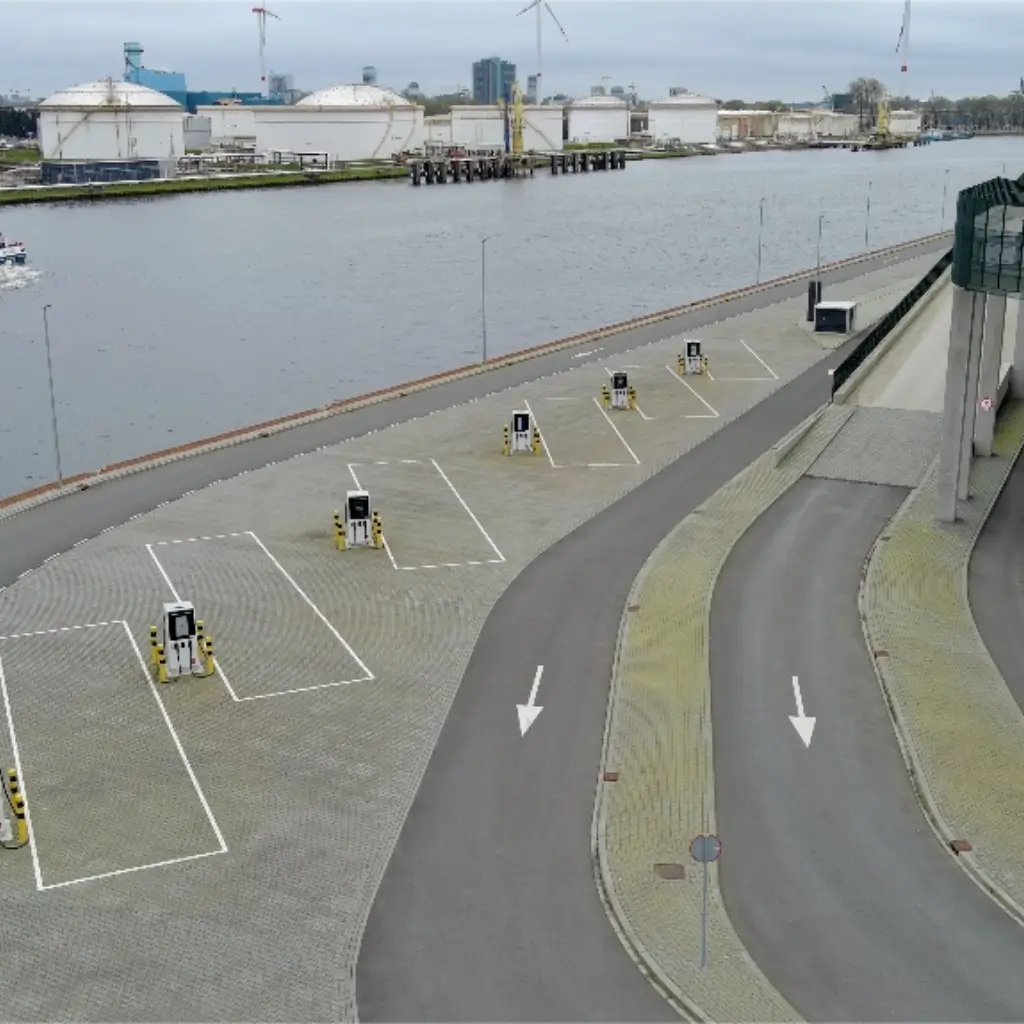
Sustainability and Regulatory Compliance in EV Fleet Charging
Transitioning to electric vehicles helps reduce greenhouse gas emissions, lower noise pollution, and improve driving smoothness. EV fleets also align businesses with evolving government regulations, minimizing the risk of fines or additional costs.
Maximizing Environmental Impact and Circular Economy Practices
By adopting EVs, companies contribute to reducing fossil fuel consumption and mitigating the effects of climate change. This commitment to sustainability not only enhances a company’s reputation but also demonstrates its dedication to long-term environmental progress.
Navigating Regulatory Requirements and Leveraging Incentives
Governments offer various incentives, such as tax credits, rebates, and grants, to promote the adoption of electric vehicles. Staying informed about these incentives and regulatory changes can help businesses maximize their investment in EV fleets and ensure compliance.
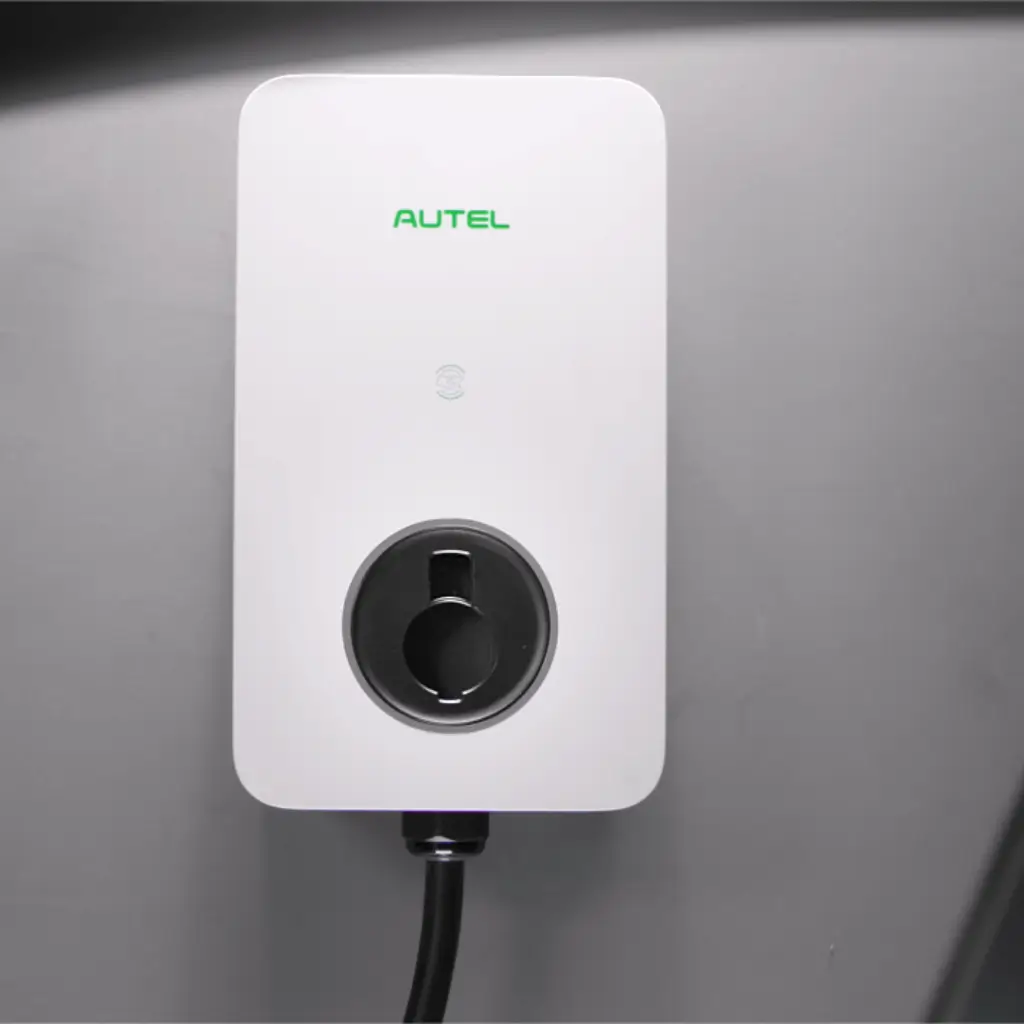
Conclusion: Building a Sustainable and Future-Proof EV Fleet
Building a sustainable EV fleet requires strategic planning for smart charging infrastructure, incorporating renewable energy sources, and keeping up with technological and regulatory changes. By embracing modern technologies and staying updated on legislative developments, businesses can create a future-proof fleet that supports both operational efficiency and environmental sustainability.
